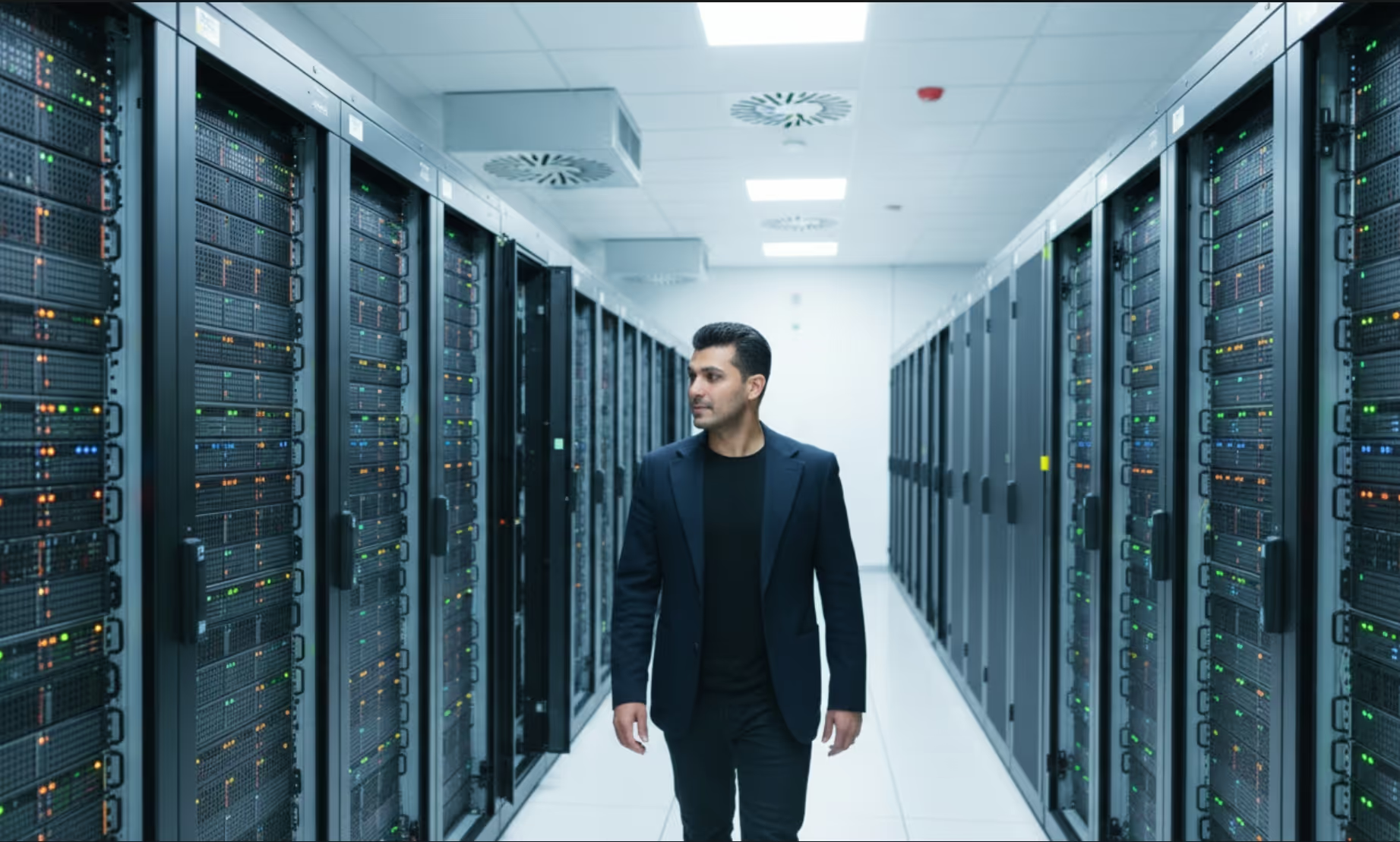A quick look into why commissioning should be on your mind
Within the process of designing and arranging a modern hyper-scale data center, commissioning was traditionally placed on the back burner. In these fast-paced times of accelerated programs and increasingly punitive SLAs, data shows that this attitude may be genuinely undermining your capacity to effectively deliver.
It’s safe to say things are moving in a different direction as commissioning becomes more important for the successful completion of just about any project. Here are the seven steps that lead to a cost-reduced and efficient completion of a data center setup.
Step 1: Integration with the build program
Every project should consider the possibility of commissioning equipment at an early stage. Setup, commissioning, and confirmation testing of systems and hardware - all these take place during the development phase of commissioning preparation. So, implementing a commissioning plan into a project's program and sequencing how the equipment will be accessed and used is vital as it significantly simplifies the development process.
Step 2: Planning
Documentation is regularly compiled but not produced, resulting in late delivery of key reports and longer delays, thus slowing down the development of the project at hand. A comprehensive plan must include a thought-out staging sequence and a record of essential documentation.
Ensure that your specialized management groups are involved from the start. Leverage their input and understanding of the facility management plan at the initial stage, so they can help create a comprehensive plan to prepare for testing and commissioning. Design the test management framework to be straightforward, logical, structured, and above all, transparent. That way, commissioning can be tracked immediately and documented centrally.
Step 3: Factory acceptance testing
If you don't have firm confirmation that you can easily and effectively integrate everything into your project arrangement, you need to do a thorough analysis.
Never assume that every piece of equipment will work consistently unless you have definite proof. Not everything undergoes inspection at the factory, which means some products and systems will require final testing before they can be integrated. The data center needs to be efficient more than anything so performance testing and possible retesting in the event of poor results ensure that the project is executed following specified requirements.
Step 4: Visual checkup
This part of testing is frequently ignored in an active location but it shouldn’t be. Any part of the equipment that is transported onto a location is susceptible to damage during the process. Hence, via a visual scan, anything faulty ought to be immediately reported and quickly substituted.
A visual inspection can also provide clues for diagnosing HVAC system performance problems. For example, filters full of construction dust and water on the floor of a mechanical room indicate some problems need to be addressed.
Step 5: Site acceptance testing
Every asset should be physically and separately put through the wringer on location to confirm performance criteria and ensure alignment with the design and specifications. This is known as the SAT or Site Acceptance Testing. Proper equipment commissioning, performance testing, and operations and maintenance training to verify compliance with contract documents aim to accelerate successful project completion.
Step 6: System operation verification
Each of the data center’s systems is built around data networks. Configuring the nodes in the network; designing a data transfer pathway; determining how to establish efficient communication between those nodes; determining if communication is efficient enough; etc. are crucial for the proper functioning of a data center.
So, these data networks must be independently validated before any joint system testing to make certain that every piece of equipment can communicate with one another. Full operational testing is preceded by network isolation and certification, although it’s not uncommon to mix up the order of the steps and cause unnecessary delays.
Step 7: Integrated System Testing
The IST puts the data center through its paces and is an excellent opportunity to make sure everything works as intended before the handover. Here, the data center undergoes the maximum possible load as outlined by safety parameters. This stage requires absolute precision in measuring and recording switch positions, environmental conditions, and fault scenarios to guarantee operational compliance. In case certain problems emerge, there is time to fix them or make changes before the tests are repeated.
And there you have it - feel free to check the box under ‘data center commissioning. The bottom line is that if you want to meet your customers' expectations for faster data center operational readiness, you need to change your approach.
Due to its impact on system performance (and all the benefits it entails) throughout the life cycle of a data center, the importance of commissioning can’t and shouldn’t be underestimated anymore. It’s as simple as that.






